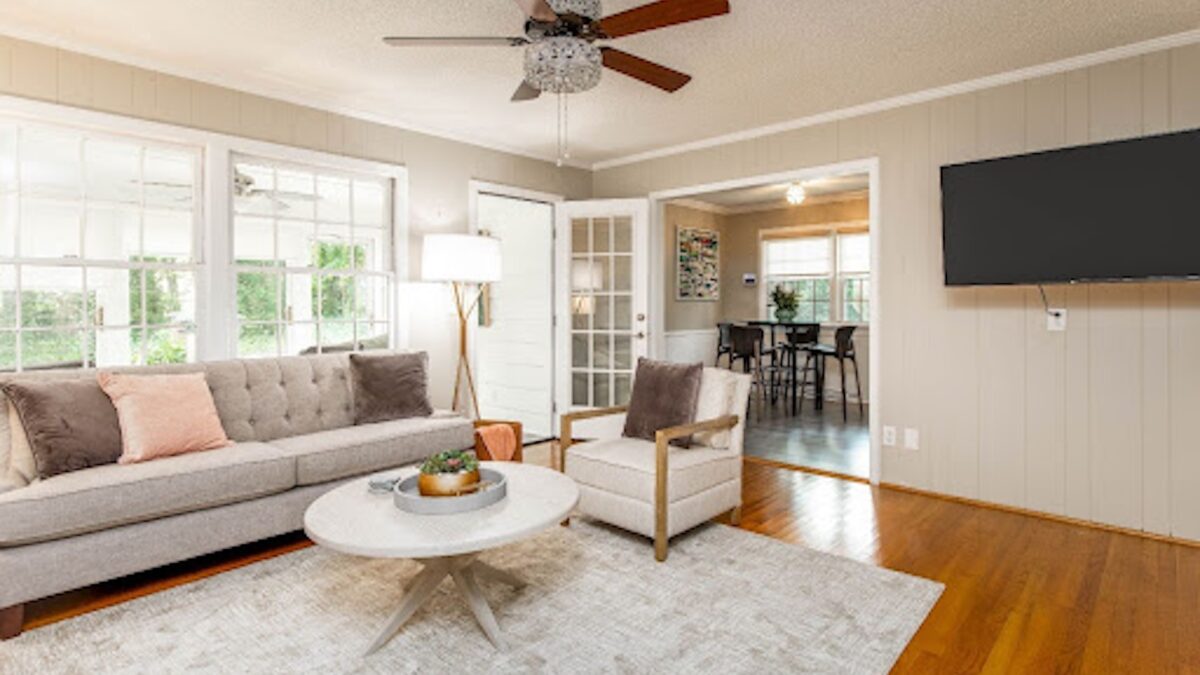Are millennials buying homes — or not? The belief that those born between 1981 and 1997 aren’t buying homes may not be true after all. Research indicates that the hype around millennial reluctance to buy homes may be just a myth. Despite common misconceptions, the National Association of Realtors’ (NAR) research shows that the generation is only delaying home ownership by approximately five years, according to Jessica Lautz, NAR’s director of survey research.
It’s also a mistake to lump all millennials into one category, according to Lautz. There are younger and older millennials, and each sector has had different experiences and relationships with money and jobs. “Younger millennials are in better shape than maturing millennials,” says Lautz. “Older millennials in the 36 to 37 age range graduated college in a bad job market, but today’s younger millennials are graduating in an okay job market.”
Myth 1: Millennial Homeownership Rates Have Declined
Surprisingly, the NAR, which closely follows statistics on all ages of home buyers, found that millennials 36 and under are the largest generation of home buyers for the fourth consecutive year, says Lautz, referring to NAR’s 2017 Home Buyer and Seller Generational Trends Report. This fact refutes the idea that millennials are not buying homes.
Myth 2: Millennials Don’t Want to Own
More millennials may be considering homeownership than many people think. The 2017 Bank of America Homebuyer Insights Report says that nearly one in four prospective millennial buyers sees home ownership on the horizon and hopes to purchase a first home within the next two years. The report goes on to say that millennial homeowners are more likely than any other generations to associate home ownership with adulthood, and almost half surveyed view the purchase of a home as a financial investment. It’s just taking them longer to achieve it.
Myth 3: Millennials Prefer Living with Their Parents
The NAR reports that about 15 percent of people ages 25 to 35 lived with their parents in 2016, and there are certain cities in the country with the highest percentage of millennials living at home. The top five cities include McAllen and El Paso, Texas; Oxnard, California; Miami, Florida; and Bridgeport, Connecticut.
“Millennials do live with their parents at a higher rate than other generational groups,” says Lautz, “but that has allowed many to skip renting and save up money for a home.” NAR research shows that younger millennials are saving very slowly for that down payment, which is why they have delayed home ownership by five years.
Myth 4: Millennials Can’t Save for a Down Payment
Financial anxiety about home buying is real for millennials who are dealing with existing debt or poor credit histories. One lender, loanDepot, conducted a survey and found that although 52 percent of millennials are motivated to buy a home and stop renting, financial fear holds them back. “Millennials have a lot of anxiety built up about the home buying process,” says David Norris from loanDepot. “There is good news, however, as there’s more flexibility than most millennials think regarding how to qualify for a loan and what’s needed for a down payment.”
Norris adds that there are many other programs for first time homebuyers that allow them to finance a home with 10 percent, five percent, or even three percent down, rather than the traditional 20 percent. It pays for millennials to keep up with new mortgage programs. For example, Garden State Home Loans offers a one percent down payment option for qualified first-time homebuyers in New Jersey, Connecticut, Florida, and Pennsylvania.
Myth 5: Millennials Prefer City Rentals
One of the ideas that perpetuated this myth is that millennials like to be untethered and uncommitted to any one place, but more than half of older millennials in their 30s now have children under 18 years of age, which means they’re thinking about moving into quality school districts. Lautz adds that millennials are finding that there are affordable options and growing inventory for first-time buyers in prime suburban areas.
The difference today, however, is that millennials prefer smaller homes with less square footage. “Millennials typically opt for homes of 1,800 square feet in the suburbs,” says Lautz. “Gen X’ers prefer homes that are 2,100 square feet.”
Millennials seem to remain uncommitted in the area of furniture and decor, however. In an article in Elle Decor, the spending habits of millennials differ from other generations, and that includes how they furnish their homes. Rather than blowing their budgets on roomfuls of furniture, appliances, and electronics, many millennials are opting to rent, even if they own their homes.
Renting furniture, artwork, and home goods from a company like CORT Furniture Rental eases their worries about spending large amounts of money at one time. With their focus on the benefits of the sharing economy, millennials prefer creating experiences rather than buying goods, and that often means renting to keep their resources free to enjoy better experiences with family and friends.





